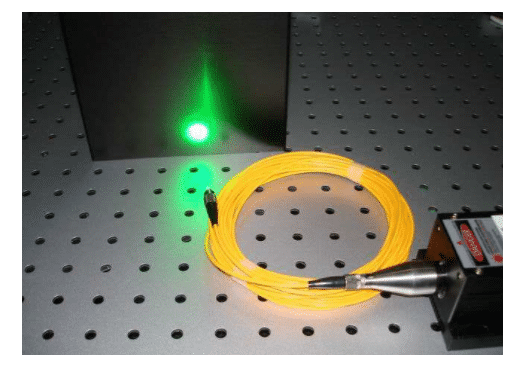
Returning Customer
I am a returning customer
Register Account
If you already have an account with us, please login at the login form.
Your Account Has Been Created!
Congratulations! Your new account has been successfully created!
You can now take advantage of member privileges to enhance your online shopping experience with us.
If you have ANY questions about the operation of this online shop, please e-mail the store owner.
A confirmation has been sent to the provided e-mail address. If you have not received it within the hour, please contact us.
Account Logout
You have been logged off your account. It is now safe to leave the computer.
Your shopping cart has been saved, the items inside it will be restored whenever you log back into your account.
Fiber lasers are gradually replacing traditional lasers in leading positions in laser marking,laser welding,and laser cutting.Raymond company explains to everyone the advantages of fiber laser applications in various fields.
Application of Fiber Laser Marking Machine.
Industrial production requires high reliability,small size,quietness,and ease of operation. Fiber lasers are favored by people because of their compact layout,high light-transfer compliance, short warm-up time,low impact due to conditions,maintenance-free,and easy coupling with optical fibers or light guide systems composed of optical lenses.Nowadays, fiber lasers are gradually replacing traditional lasers in leading positions in areas such as laser marking,laser welding,and laser cutting.
In the field of marking,due to the high beam quality and positioning accuracy of fiber lasers,optical fiber marking systems are replacing Nd:YAG pulsed laser marking systems that are not obediently driven by CO2 lasers and lamps. In the Thai and Japanese markets, this substitution is taking place on a large scale. In Japan alone, the monthly demand is higher than 100 units.According to IPG,BMW Motors previously purchased their high-power fiber lasers for door welding production lines.
As the world's largest industrial manufacturing country,China's demand for fiber laser marking machines is very large, and it is expected that there will be more than 2,000 units of demand each year.In the field of laser welding and cutting,with the development of fiber lasers with thousands or even tens of thousands of watts,fiber lasers have also been applied.
Application of Fiber Laser in Sensing
Compared to other light sources,fiber lasers have many advantages as sensor light sources. First, fiber lasers have excellent performance such as high utilization,tunability, good stability, compactness,compactness,light weight, easy maintenance,and good beam quality. Second,fiber lasers couple well with fiber,are fully compatible with existing fiber optic devices,and can hold all-fiber tests.
Nowadays,fiber-optic sensing based on tunable narrow-linewidth fiber lasers is one of the hottest applications in this field.The spectral width of this fiber laser is very narrow, has a long stem system length,and can rapidly modulate the frequency.Applying this narrow-linewidth fiber laser to a diffuse sensing system enables ultra-high-accuracy fiber-optic sensing.In the United States and Europe,this sensing technology based on tunable narrow linewidth fiber lasers is applied throughout.Our country expects the annual demand for this kind of example fiber laser is also more than 100.
Application of Fiber Laser in Communication
Compared with other types of lasers,fiber lasers have obvious advantages in layout compactness, heat dissipation,beam quality, volume, and compatibility with existing systems,and are widely used in the communications field.
A mode-locked fiber laser with rare earth-doped fiber as the gain medium can generate ultrashort pulses with high repetition rate, pulse width in the picosecond or femtosecond order,and its lasing wavelength falls again in the best window of optical fiber communication 1.55 μm.On the band, it is the ideal light source for future high-speed optical communication systems.Now,10GHz and 40 GHz repetition rate mode-locked fiber lasers have been developed.Once this communication network is laid out,the demand for this example laser will be enormous.

Application of Fiber Laser in Therapy
Today,most of the lasers used for clinical purposes are argon ion lasers,carbon dioxide lasers,and YAG lasers. However, they usually have low beam quality have a very large volume,require huge water cooling systems, and are very difficult to install and maintain. These are precisely It is a fiber laser that can be supplemented.Since the water molecules have an absorption peak at 2 μm, using the 2 μm fiber laser as a surgical object can achieve rapid hemostasis and avoid the damage to the human body caused by surgery.
